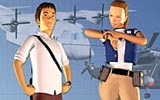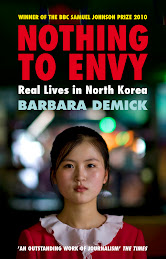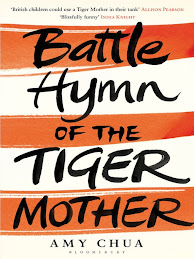WWF guide sorts seafood into three categories based on sustainability
By Grace Chua

Workers sorting fish at Jurong Fishery Port. Last year, most of the seafood here came from the over-fished waters off Indonesia, Malaysia and the Philippines. WWF hopes to raise awareness with the guide. -- ST PHOTO: MELISSA KOK
GO EASY on the seabass and pomfret.
This is the message for seafood-loving Singaporeans from the World Wide Fund for Nature (WWF), which is concerned that some of the seafood popular here comes from over-fished sources.
It has produced a made-for-Singapore guide to sustainable seafood, the first one tailored to the local market.
The guide puts seafood commonly available here on three lists - the 'recommended' or green list, the 'think twice' or yellow list and the 'avoid' or red list.
What's a seafood lover to do, then?
Choose seafood on the recommended list over those on the other two, and seafood on the 'think twice' list over those on the 'avoid' list, said Ms Amy Ho, managing director of WWF Singapore.
'The aim is to raise awareness and encourage customers to ask where the fish is from.'
She should know that the task of changing consumer attitudes and behaviour is not easy. When the WWF launched a similar guide three years ago in Hong Kong, it found that getting groups or communities to buy into the idea was the toughest part, although a 'ripple effect' followed later.
Changing consumer preferences for seafood is difficult because the demand for it cannot be met if it is continually sourced from where it is not reproducing fast enough, she added.
Most of the 105,163 tonnes of live, chilled or frozen seafood imported into Singapore last year - excluding prawns, cockles and crabs - came from the ecologically fragile Coral Triangle.
This zone covers the waters off Indonesia, Malaysia and the Philippines, but it is not the only over-fished area; more than a quarter of the world's fish stocks are under threat, said the United Nations Food and Agriculture Organisation. Cod stocks which collapsed in the north-west Atlantic in the 1980s have still not recovered.
Eating seafood farmed sustainably is the way to go, but the farms here produce only about 4 per cent of the fish consumed; the aim is to get it up to 15 per cent in five years.
Ms Ho explained that some fish grow too slowly to replace those caught; fish farms add to the problem by catching fingerlings or young fish from the wild.
On the green list are the species for which harvest quotas have been set for commercial and recreational fishing, for example, abalone from Australia.
Not all farmed seafood is in the clear. Tiger prawns farmed in the region are on the red list because of what it takes to farm them. Many South-east Asian mangrove forests, which support entire networks of plants and animals, have been destroyed to make way for prawn farms; when mangrove forests go, the coastlines lose their natural buffer against floods and hurricanes.
It is noticeable that most of the seafood on the guide's recommended list is from far-off places - and more expensive. Examples are Australian abalone, oysters from Canada and China, and green-lipped mussels from New Zealand.
Several red-listed species like the black pomfret, tiger prawns and yellowtail scad or selar are what consumers would go for because they are cheaper and more familiar.
But Singapore Environment Council executive director Howard Shaw said this may be an issue only in the short term: 'As the aquaculture industry develops and grows, it's possible to produce seafood that's affordable for low-income earners.'
Singapore's markets have some way to go in labelling seafood. Checks on fresh seafood sold at Cold Storage, Giant, FairPrice and Sheng Siong supermarkets showed that only Cold Storage labels it by country of origin; but packaged fish balls and salmon are labelled by country of origin in all four supermarket chains.
The WWF plans to update the guide every two to three years, and is shooting for all seafood to make it to the green list, Ms Ho said.
caiwj@sph.com.sg
Go for green list
TO PRODUCE its guide on sustainable seafood, the World Wide Fund for Nature (WWF) assessed wild-caught seafood on criteria such as:
How long it takes to grow to maturity, since a shorter growth period means it reaches table size earlier.
How well-regulated the fishing activity is.
Whether the population in the wild is healthy.
How fish are caught, too, makes a difference to the effects of the fishing activity on the environment. For example, long drift nets which float with the current often also trap unwanted species, or bycatch.
Farmed fish were rated based on whether the young fish were harvested from the wild, which depletes wild stocks, and by the amount of pollution their farms added to the environment.
'AVOID' RED LIST: Bluefin tuna from around the world, crimson snapper and grey prawns from Indonesia, flower crab and unicorn leather jackets from the South














